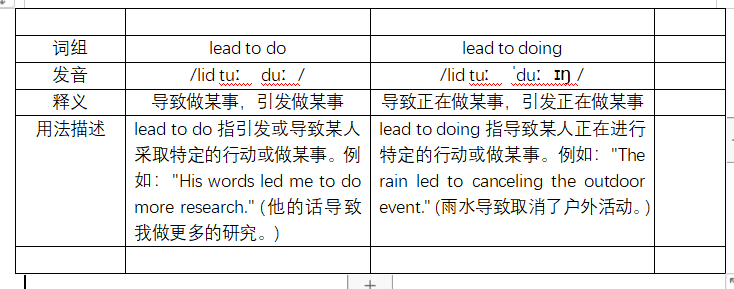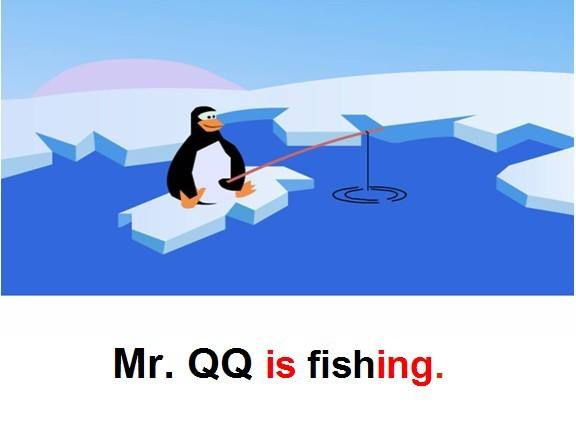从释义,用法,使用环境,形象和影响范围五个维度分析lead to do和lead to doing的区别,详细内容如下。
1. 释义如胡区别:
- "lead to do" 表示导致某人做某事,引领某人朝着特定的行为方向前进。
- "lead to doing" 表示导致某种情况或状态的发生,引领某种行为或结果的产生。
例句:
- His inspiring speech led me to take action and start my own business. (lead to do)
(他鼓舞人心的演中橡码讲促使我采取行动,创办自己的企业。)
- The heavy rain led to flooding in the area. (lead to doing)
(暴雨导致该地区发生洪水。)
2. 用法区别:
- "lead to do" 可以用于引导某人去做某事,强调行动的发生。
- "lead to doing" 可以用于描述引发某种情况或状态的行为,强调结果或影响的发生。
例句:
- His persuasive arguments led me to change my mind. (lead to do)
(他令人信服的论点使我改变了主意。)
- The company's growth strategy led to expanding their operations globally. (lead to doing)
(公司的增长战略导致了他们在全球范围内扩展业务。)
3. 使用环境区别:
- "lead to do" 更常用于描述个人受某种动力或影响而采取的个人行动。
- "lead to doing" 更常用于描述广泛影响或结果的发生。
例句:
- The teacher's encouragement led the students to study harder for the exam. (lead to do)
(老师的鼓励使学卖哪生们为考试而更加努力学习。)
- The economic recession led to a decrease in consumer spending. (lead to doing)
(经济衰退导致消费者支出减少。)
4. 形象区别:
- "lead to do" 呈现出一种主动的形象,暗示一个人被引导或激励去采取行动。
- "lead to doing" 呈现出一种被动的形象,强调结果的发生并将其归因于特定行为。
例句:
- The coach's motivational speech led the team to victory. (lead to do)
(教练激励性的演讲使得团队取得了胜利。)
- The malfunctioning equipment led to the delay in production. (lead to doing)
(设备故障导致了生产延误。)
5. 影响范围区别:
- "lead to do" 更侧重于引导个人行动,其影响范围较为局限。
- "lead to doing" 更侧重于引发更广泛的结果或影响。
例句:
- The new government policies led to a decrease in unemployment rates. (lead to doing)
(新的政府政策导致了失业率的下降。)
- The lack of clear instructions led to confusion among the employees. (lead to do)
(缺乏明确的指示导致员工之间的混乱。)




